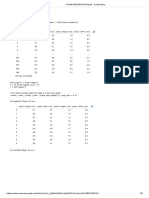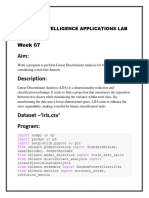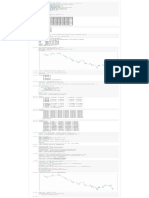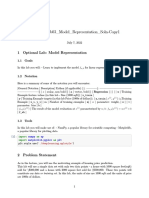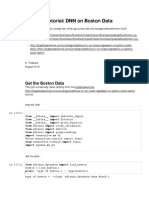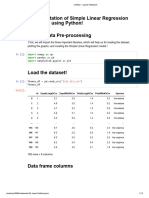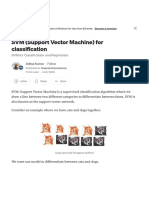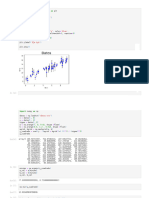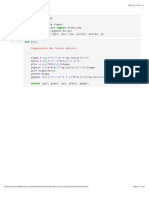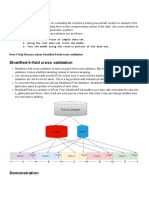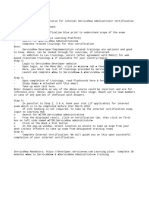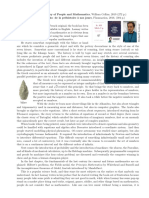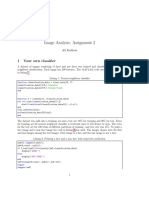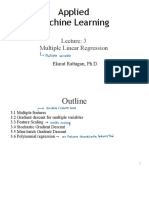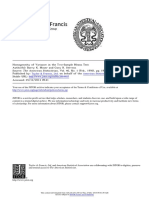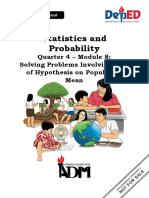0% found this document useful (0 votes)
125 views7 pages03 Multiple Linear Regression
Multiple linear regression allows predicting a target variable (y) based on two or more predictor variables (x1, x2, x3...). It extends simple linear regression, which uses only one predictor. The multiple linear regression equation is:
y = b0 + b1x1 + b2x2 +...+ bnxn
Where y is the target, x1...xn are the predictors, and b0...bn are the coefficients.
The document demonstrates implementing multiple linear regression in Python. It loads data, preprocesses/scales the predictors, trains a model on a sample, evaluates performance on a test set, and makes predictions on new data both automatically and manually using the coefficients
Uploaded by
Gabriel GheorgheCopyright
© © All Rights Reserved
We take content rights seriously. If you suspect this is your content, claim it here.
Available Formats
Download as PDF, TXT or read online on Scribd
0% found this document useful (0 votes)
125 views7 pages03 Multiple Linear Regression
Multiple linear regression allows predicting a target variable (y) based on two or more predictor variables (x1, x2, x3...). It extends simple linear regression, which uses only one predictor. The multiple linear regression equation is:
y = b0 + b1x1 + b2x2 +...+ bnxn
Where y is the target, x1...xn are the predictors, and b0...bn are the coefficients.
The document demonstrates implementing multiple linear regression in Python. It loads data, preprocesses/scales the predictors, trains a model on a sample, evaluates performance on a test set, and makes predictions on new data both automatically and manually using the coefficients
Uploaded by
Gabriel GheorgheCopyright
© © All Rights Reserved
We take content rights seriously. If you suspect this is your content, claim it here.
Available Formats
Download as PDF, TXT or read online on Scribd
/ 7




